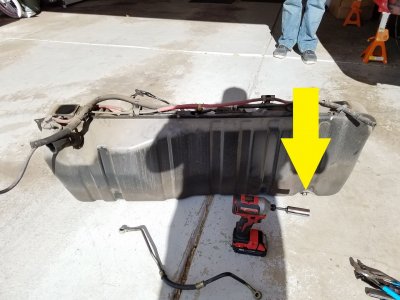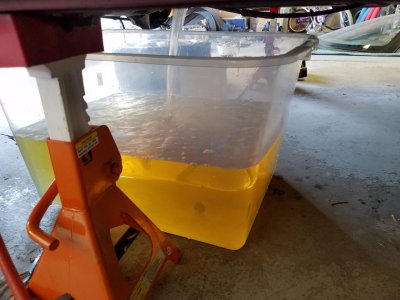To riff off of Paul Simon, there are probably fifty ways to stop your NSX from starting. As such, we would need a few more details than just 'doesn't start' to provide useful guidance. Specific items to check could include
- in your very first post you said 'engine won't turn over. Does 'won't turn over' mean that the starter motor is not turning the engine over (cranking) or does it mean that the engine is cranking; but, will not run on its own? Perennial favourites for the starting motor not operating include a failed ignition switch and the infamous clutch interlock button
- did the no start condition occur all of a sudden or was it starting to become hard to start which gradually evolved to no start
- when you switch the ignition switch to the run position you hear the fuel pump prime (main EFI relay OK and ECU not completely dead)
- have you used the service check connector or an OBDII scanner to check for any stored error codes that might indicate what the problem is
- on an engine that cranks; but will not start the two primary things to check are ignition and fuel delivery. The ignition check is relatively easy
- pull an ignition coil and spark plug and do the spark test (ground electrode against the block) while cranking the engine to determine whether the ignition system is operating
- beyond listening for the fuel pump and checking that fuel pressure is within spec, actual delivery of fuel from the injector tips is hard / impossible to do because of the fuel rail arrangement. The best you can do is use some 'noid lights and check to confirm that they flash while the engine is cranking. If the lights flash and you have fuel pressure then you would assume fuel delivery. In your case with 5 1/2 year old gas the next step would be to pull the injectors and have them cleaned out to confirm that gas is actually making its way into he intake manifold
- if all of the above checks out (ignition works and fuel is being delivered) the nasty next step would be to check the valve timing










